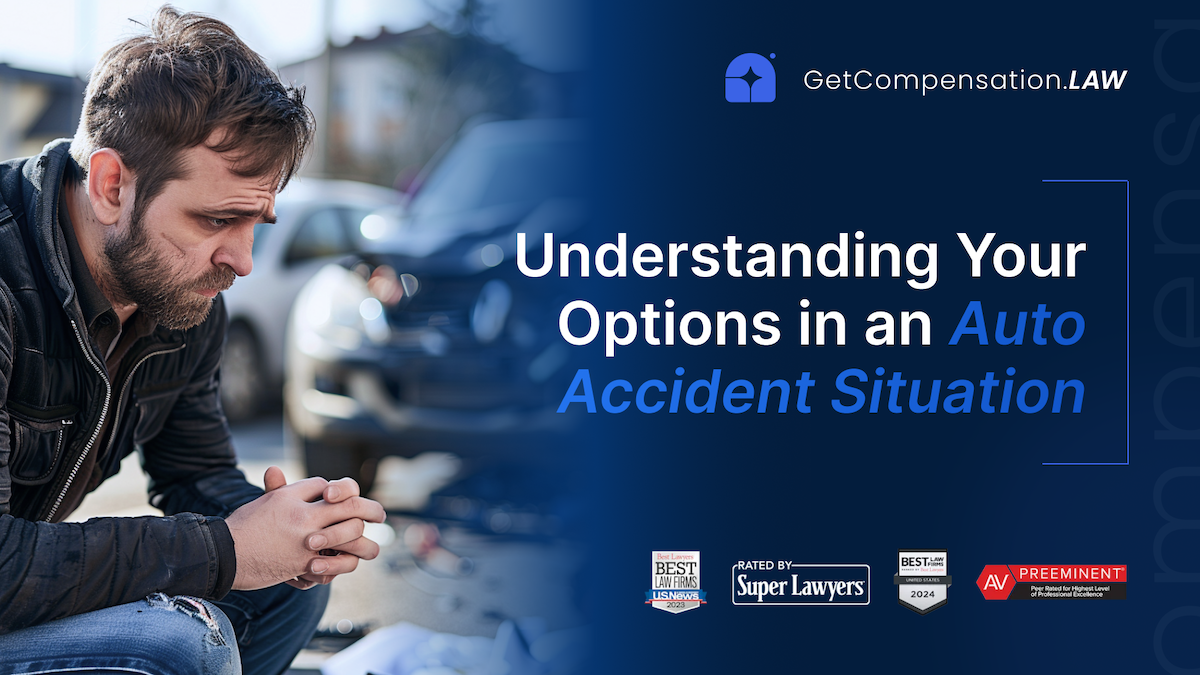
Preventing Personal Injury: Safety Measures and Risk Reduction Strategies in Daily Life
Article discusses safety measures in home, workplace, road, and recreational activities to prevent personal injuries and foster safety.
Our Network of Attorneys Are Recognized by the Best
Personal injuries can occur in various settings - at home, in the workplace, on the road, or during recreational activities. However, many such injuries are preventable with the implementation of proper safety measures and risk reduction strategies. This article focuses on practical steps individuals and communities can take to minimize the risk of personal injury in daily life, aiming to foster a safer environment for everyone.
Home Safety
Prevent Falls
- Secure rugs and eliminate floor clutter.
- Install handrails on stairs and in bathrooms.
- Ensure adequate lighting, especially in stairways and night paths.
Fire Safety
- Regularly test smoke detectors and change batteries annually.
- Keep fire extinguishers accessible and ensure family members know how to use them.
- Practice fire evacuation plans with all household members.
Childproofing
- Use safety gates, window guards, and corner protectors.
- Keep hazardous substances and small objects out of children’s reach.
- Secure furniture and TVs to prevent tipping.
Workplace Safety
Ergonomic Adjustments
- Use adjustable chairs, desks, and monitors to prevent strain injuries.
- Encourage regular breaks and stretches to reduce the risk of repetitive stress injuries.
Safety Training
- Conduct regular safety training and drills.
- Provide personal protective equipment and enforce its use.
Emergency Preparedness
- Ensure clear signage for exits and emergency equipment.
- Maintain an up-to-date list of emergency contacts and procedures.
Road Safety
Defensive Driving
- Always wear seat belts and ensure children are in appropriate car seats.
- Avoid distractions, such as using phones while driving.
- Maintain a safe following distance and observe speed limits.
Pedestrian and Cyclist Safety
- Use reflective gear and lights when walking or cycling at night.
- Follow traffic signals and use designated crosswalks and bike lanes.
Vehicle Maintenance
- Regularly check tire pressure, brakes, and headlights.
- Address any mechanical issues promptly to prevent breakdowns or malfunctions.
Recreational Safety
Sports and Outdoor Activities
- Wear appropriate protective gear for each activity, such as helmets for biking or pads for skateboarding.
- Stay hydrated and apply sunscreen to prevent heat-related illnesses and sunburn.
Water Safety
- Always supervise children near water.
- Wear life jackets when boating and learn basic water rescue techniques.
Wilderness Preparedness
- Inform someone of your plans when hiking or camping in remote areas.
- Carry a first aid kit, water, and a communication device.
Community Initiatives
Public Health Campaigns
- Support and participate in local safety campaigns to raise awareness about injury prevention.
- Advocate for policies and infrastructure improvements that enhance public safety, such as better lighting in public areas and traffic calming measures.
Education and Training Programs
- Offer first aid and CPR classes to community members.
- Provide resources and training for childproofing homes and implementing workplace safety measures.
Preventing personal injury requires a proactive approach, both individually and collectively. By adopting safety measures and risk reduction strategies across various aspects of daily life, individuals can significantly lower the likelihood of injuries. Furthermore, community initiatives play a vital role in fostering a culture of safety and awareness, ultimately contributing to a safer environment for everyone.




